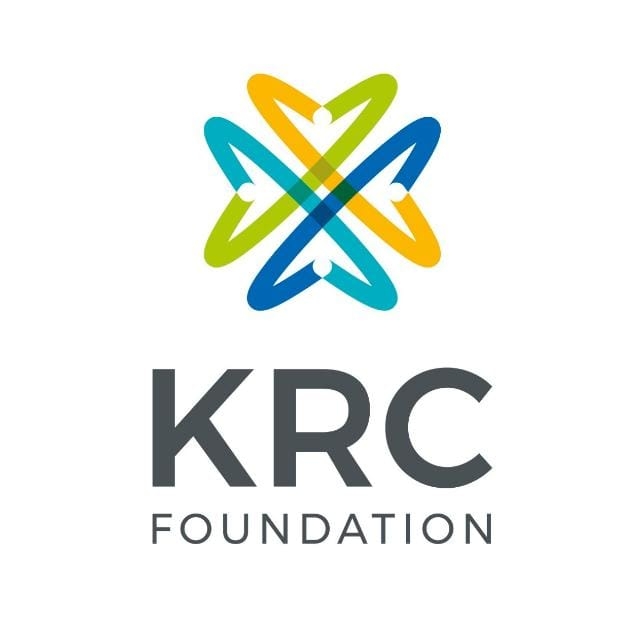Varanasi could be the first city to get cable transport as a solution to street congestion
 KRC TIMES Desk
KRC TIMES Desk

Varanasi with all its mythological backdrop is also famous for its congested streets. Now Varanasi could soon be one of the first cities in India to obtain a network to combat street congestion. It is estimated that the cable car network based on the cable car system in the electoral district of PM Narendra Modi is 70% cheaper.
The state government has rejected the proposal of the Metro train and, instead, has decided to look for the system in the temple city. This advanced cableway system proposal is being considered as a move to help passengers get the best of Kashi’s winding by lanes and a complex traffic profile. The sources said that if the government gives the go-ahead, the cable cars that move in all directions would be a reality in less than two years.
The cable car can transport 12,000 people per hour. The company is in dialogue with the city administrations in Dehradun, Vishakhapatnam and Kanpur to put this system to overcome congestion. Union transport minister Nitin Gadkari suggested cities and towns in the hills to explore the cable car system for better connectivity.
The president of the Development Authority of Varanasi (VDA), Deepak Agrawal have said, A RITES has been asked to prepare a comprehensive mobility plan by integrating cable cars with mini-metro (monorail), rapid transport system for buses and roads navigable in view of the topography of the city. He will make another presentation to officials and interested parties on June 25, after which the DPR will be sent to the Center for final approval.
The presentation will give a clear picture of the possible routes. In addition to the densely populated areas, RITES will explore the possibility of introducing trams along the 11 km Varuna Corridor by integrating a 7 km stretch of the Varuna River, which can be used for water transport.
The companies had transmitted to VDA that a cable car system did not require significant ground coverage, since elevated stations were also feasible in congested areas. They said that up to 80 passengers could be accommodated in a cable car and that it was possible to transport 12,000 people per hour.


